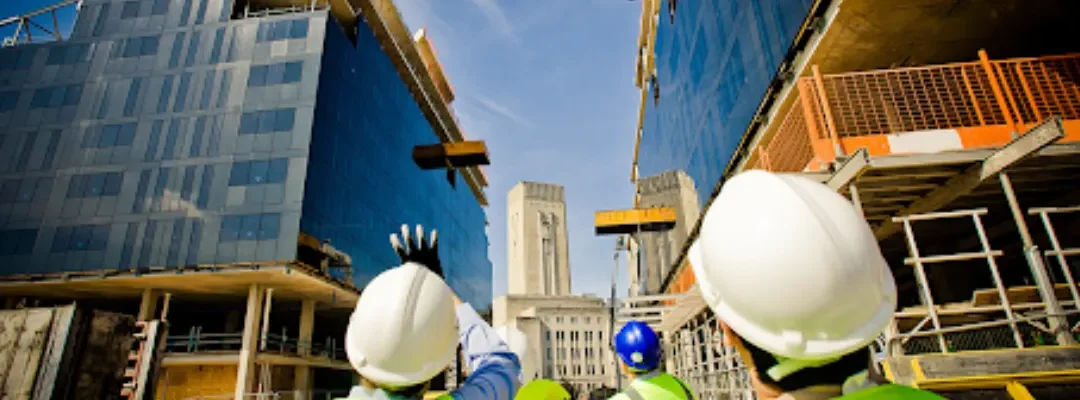Delays are one of the most frustrating and costly problems in the construction industry. Whether you’re building a single-family home or managing a multi-million-dollar commercial project, setbacks can derail timelines, inflate budgets, and damage client trust.
Understanding the root causes—and how to proactively address them—can help you deliver projects on time and on budget. Here are the most common construction delays in 2025 and actionable strategies to prevent them.
1. Weather-Related Delays
Why It Happens:
Unpredictable or extreme weather—like storms, heatwaves, or freezes—can halt outdoor work and compromise safety.
How to Avoid It:
- Use weather forecasting apps with AI-based predictions (e.g., Climacell).
- Schedule weather-sensitive work during historically milder months.
- Use prefabrication methods to reduce on-site exposure.
2. Permitting and Regulatory Delays
Why It Happens:
Incomplete paperwork, changing codes, or backlogs in municipal offices can stall your project before it even begins.
How to Avoid It:
- Work with a local permit expediter familiar with jurisdictional nuances.
- Start applications early and double-check for missing documents.
- Stay updated on changes in zoning, environmental, or building codes.
3. Labor Shortages or Turnover
Why It Happens:
Skilled labor shortages continue to plague the industry. Projects slow when key roles go unfilled or workers leave unexpectedly.
How to Avoid It:
- Build strong subcontractor relationships with backup options.
- Invest in ongoing training to upskill internal teams.
- Offer retention incentives like milestone bonuses or career advancement paths.
4. Material Shortages or Delivery Delays
Why It Happens:
Global supply chain disruptions, inflation, and high demand lead to backorders and rising prices.
How to Avoid It:
- Order critical materials early and store them securely.
- Use local suppliers to shorten delivery windows.
- Prequalify multiple vendors to reduce dependency on any single source.
5. Design Changes and Scope Creep
Why It Happens:
Clients change their minds mid-project, or new stakeholders introduce unplanned additions.
How to Avoid It:
- Establish a clear project scope with sign-off milestones.
- Use design collaboration tools (like Autodesk or Revit) to catch conflicts early.
- Add a change order approval process with budget/time implications clearly outlined.
6. Inadequate Site Surveys or Ground Conditions
Why It Happens:
Unknown utilities, contaminated soil, or rock layers slow progress once excavation begins.
How to Avoid It:
- Conduct thorough geotechnical investigations.
- Use GPR (ground-penetrating radar) or drone mapping for site analysis.
- Allocate a contingency budget for unforeseen underground issues.
7. Equipment Breakdowns
Why It Happens:
Rented or old equipment fails unexpectedly, halting critical tasks.
How to Avoid It:
- Schedule routine maintenance and daily pre-use inspections.
- Use asset management software to track usage and wear.
- Have rental agreements with backup provisions in place.
8. Inadequate Communication and Coordination
Why It Happens:
When teams, subcontractors, and stakeholders aren’t aligned, tasks get delayed or duplicated.
How to Avoid It:
- Use project management platforms (e.g., Procore, Buildertrend).
- Hold weekly coordination meetings.
- Share real-time updates via mobile apps accessible to all teams.

